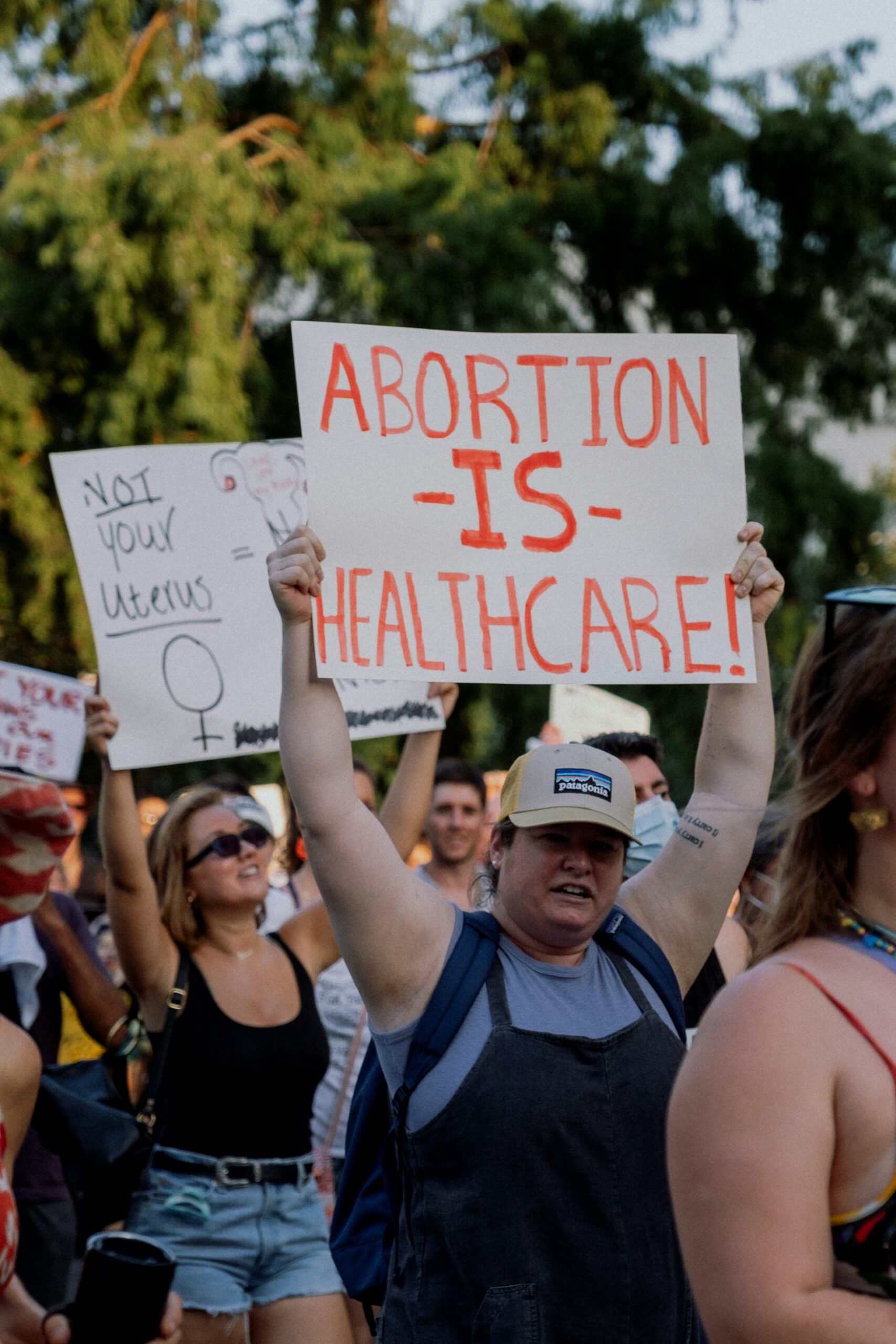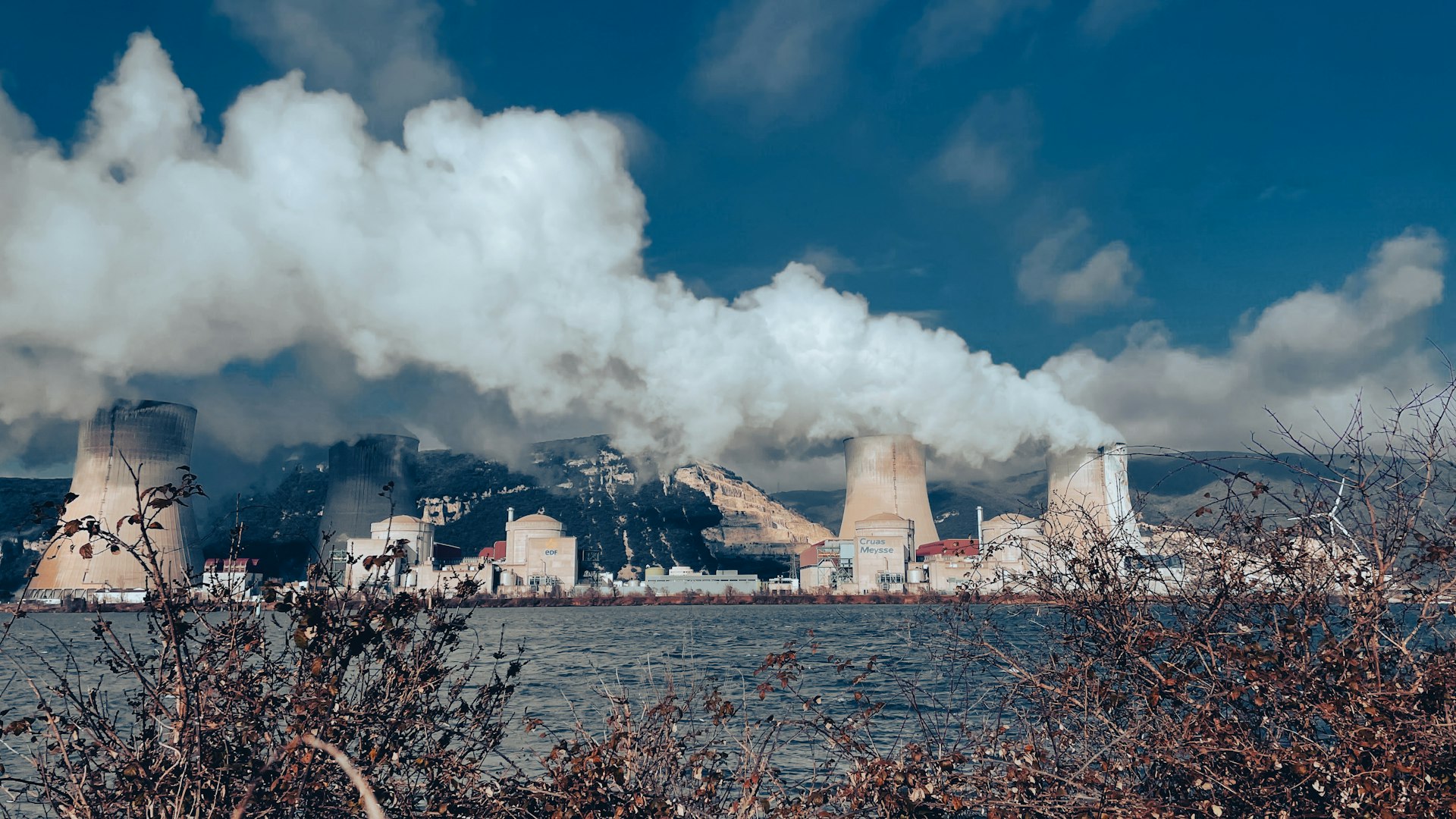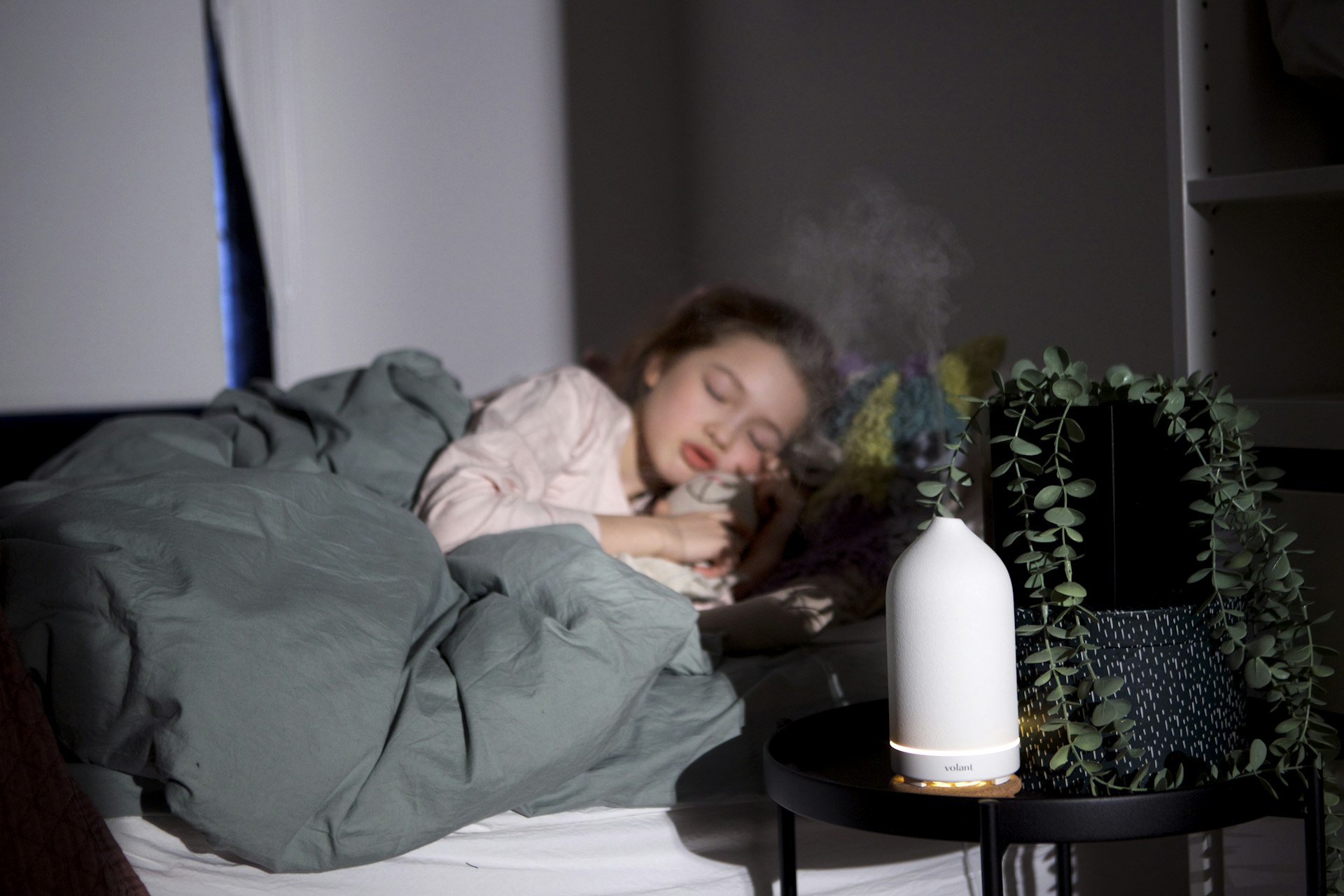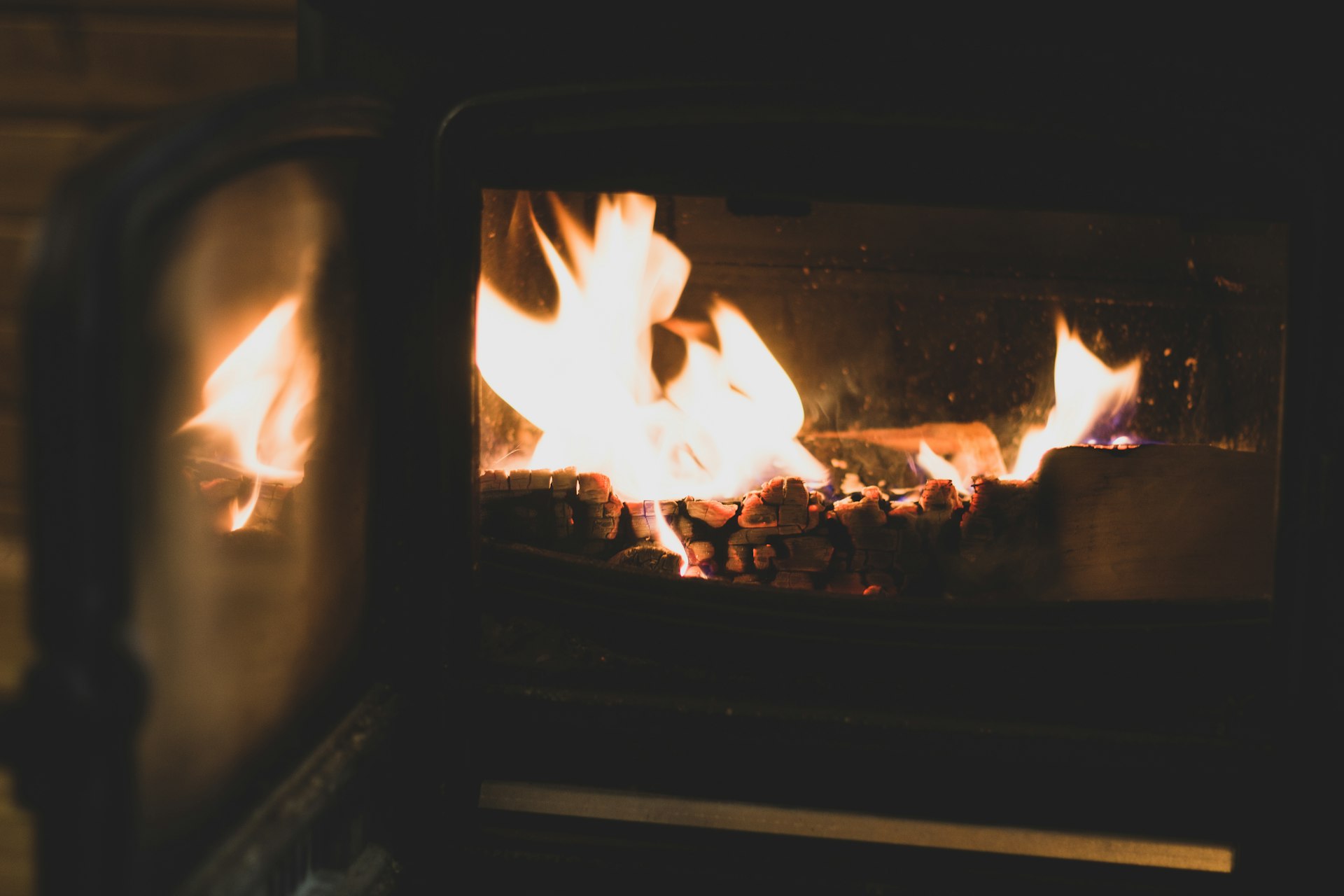How Air Quality Shapes Respiratory Health: Risks, Impacts, and Solutions

Photo by Rubaitul Azad on Unsplash
Introduction: The Critical Link Between Air Quality and Respiratory Health
Air quality has a profound effect on respiratory health, impacting individuals across all age groups and communities. With growing industrialization and urbanization, exposure to air pollutants has become a leading concern for public health experts. Poor air quality, whether indoors or outdoors, is tied to a wide spectrum of respiratory diseases, from asthma and bronchitis to chronic obstructive pulmonary disease (COPD) and lung cancer. Understanding the mechanisms, risks, and solutions associated with air pollution is essential for safeguarding respiratory well-being [1] .
Types of Air Pollutants and Their Respiratory Effects
The air contains various pollutants, including particulate matter (PM), ozone (O
3
), nitrogen dioxide (NO
2
), sulfur dioxide (SO
2
), and volatile organic compounds (VOCs). Fine particulate matter (PM2.5), with a diameter less than 2.5 micrometers, poses particular dangers as it can penetrate deep into the lungs and even enter the bloodstream
[1]
. Exposure to PM2.5 and other pollutants leads to inflammation, oxidative stress, immunosuppression, and mutagenic changes in cells, causing a cascade of health problems
[2]
.
Short-Term vs. Long-Term Exposure
Short-term exposure to high levels of pollution can cause immediate respiratory symptoms, such as coughing, chest tightness, shortness of breath, and increased susceptibility to infections like pneumonia. Long-term exposure can lead to chronic respiratory diseases, impaired lung development in children, increased risk of asthma, COPD, and even lung cancer [3] .
Research Insights: How Pollution Impairs Lungs
Multiple studies have established a clear association between poor air quality and diminished respiratory health. Epidemiological research in the United States and globally confirms that long-term exposure to fine particles reduces lung function growth in children and increases respiratory symptoms across populations. For example, the Children’s Health Study showed that improvements in air quality in Southern California correlated with better lung-function development and a reduction in bronchitic symptoms among children, including those with asthma [4] .
Another review highlights that ambient air pollution is among the top five causes of death worldwide, with PM2.5 linked to epigenetic changes and lung cancer development. Chronic exposure also worsens outcomes for those with existing lung conditions and increases vulnerability to respiratory infections [1] .
Real-World Examples and Case Studies
Urban areas with high traffic and industrial activity, such as New York and Los Angeles, often report elevated rates of asthma and COPD hospitalizations. During wildfire events, communities experience spikes in respiratory symptoms and ER visits due to increased PM2.5 levels. Conversely, areas that have benefited from stricter air quality regulations, like those enforced under the Clean Air Act, have seen marked improvements in respiratory health outcomes [5] .
Vulnerable Populations and Disparities
Children, older adults, and individuals with pre-existing heart or lung diseases are especially vulnerable to air pollution. Pregnant individuals exposed to high levels of ozone and particle pollution face increased risks of premature birth, low birth weight, and stillbirth. Socioeconomic factors also play a role; communities living in poverty or near industrial sites often experience worse air quality and higher rates of related illnesses [3] .
Actionable Guidance: How to Protect Yourself and Your Community
Improving respiratory health in relation to air quality requires a combination of personal, community, and policy-driven strategies. Here are actionable steps you can take:
Monitor Air Quality Regularly
You can check local air quality levels using trusted sources like the Environmental Protection Agency’s AirNow tool. Simply search “EPA AirNow” to find up-to-date air quality indexes and alerts for your area.
Reduce Exposure During High Pollution Events
On days when air quality is poor, especially during wildfires or smog alerts, stay indoors, close windows, and use air purifiers with HEPA filters. If you must go outside, consider wearing an N95 mask to reduce inhalation of fine particles. Schools and workplaces may offer guidance during such events; contact local health departments for specific recommendations.
Support Community and Policy Initiatives
Advocate for cleaner energy sources, expanded public transit, and stricter industrial emission controls in your community. Many local governments and non-profit organizations offer programs to improve air quality. To find relevant initiatives, search for your city or county health department and inquire about air pollution reduction programs.

Photo by Ali Karimiboroujeni on Unsplash
Indoor Air Quality Improvements
Indoor air can be just as harmful as outdoor air, especially when exposed to tobacco smoke, radon, or burning solid fuels. Install carbon monoxide detectors, avoid smoking indoors, and ensure proper ventilation. If concerned about radon exposure, request a radon test kit from your state’s health department or environmental agency.
Healthcare and Respiratory Screening
If you or a loved one experiences persistent respiratory symptoms such as chronic cough, wheezing, or shortness of breath, seek medical attention. Healthcare providers can perform lung function tests and help manage conditions exacerbated by poor air quality. Many insurance plans cover preventive screenings; contact your provider for details.
Challenges and Solutions: Overcoming Barriers to Clean Air
Challenges in improving air quality include industrial resistance, funding limitations, and public awareness gaps. Solutions involve collaborative efforts among governments, private sectors, and communities. For example, the Clean Air Act’s grant program enabled local governments to work with the EPA to reduce emissions and improve public health [5] .
Alternative strategies include investing in renewable energy, promoting recycling, and encouraging mass transit. Individuals can also contribute by reducing car usage and supporting green initiatives.
Alternative Approaches: Personal and Community Actions
When direct policy change is slow, personal choices make a difference. Plant trees and support urban greening projects, which help filter air pollutants. Use energy-efficient appliances and avoid burning solid fuels where cleaner alternatives exist. For renters and homeowners, request regular inspections for ventilation and air filtration systems.
Key Takeaways and Next Steps
The relationship between air quality and respiratory health is well established, with pollution representing a major preventable risk factor for numerous diseases. Protecting yourself and your family requires staying informed, reducing exposure, and participating in community efforts. For more information, visit official sources such as the EPA, World Health Organization, and the American Lung Association. When in doubt, contact your local health department for guidance on current air quality and protective measures.
References
- [1] Behinaein, P. (2023). The growing impact of air quality on lung-related illness. PMC.
- [2] World Health Organization (2024). Health impacts of air pollution.
- [3] American Lung Association (2024). Health Impact of Pollution: State of the Air.
- [4] U.S. EPA (2024). Particle Pollution and Respiratory Effects.
- [5] Behinaein, P. (2023). The growing impact of air quality on lung-related illness. JTD AME Groups.
MORE FROM promohunterpro.com













